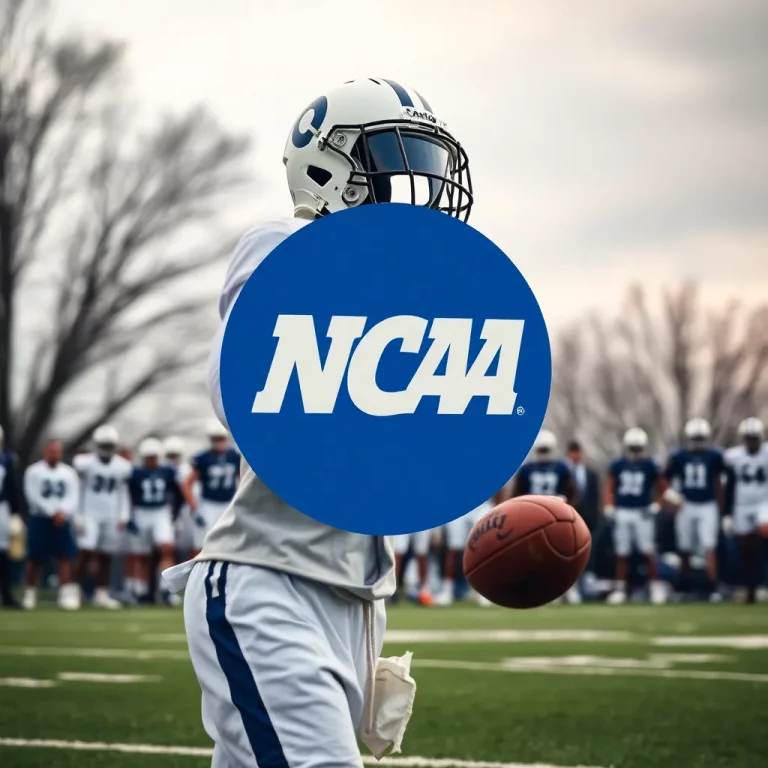Pittsburgh – In a historic move, the NCAA has passed nine significant proposals that will change the landscape of college sports as we know it. This decision comes as part of a multibillion-dollar lawsuit settlement and is set to take effect this summer.
For decades, colleges have been prohibited from paying their athletes directly, but that is about to change. The new rules, which still require final approval from a federal judge, could take effect as soon as July 1. If approved, these changes will erase about 150 existing rules and revamp many others in the NCAA’s extensive rulebook.
One of the most notable adjustments is the modification of bylaws that will allow schools to pay athletes directly. In addition, the NCAA has decided to eliminate scholarship limits for teams. Instead, they will introduce roster limits designed to replace these caps, with specific details still being finalized following discussions in early April.
Another key element of the new regulations is the establishment of annual reporting requirements for schools that choose to pay athletes. A payment pool of around $20.5 million is expected to be available for the largest schools starting next academic year. Furthermore, a new clearinghouse will be set up to manage all name, image, and likeness (NIL) deals worth $600 or more that come from external sources.
In addition to these changes, an enforcement body is being formed to ensure compliance with the new regulations. This includes monitoring roster limits, direct payment to players, and adhering to NIL deal requirements. Also, the NCAA has approved the creation of technology platforms that will assist schools in tracking payments to athletes and allow athletes to report their third-party NIL agreements.
Importantly, athletes must remain enrolled full-time and meet certain academic requirements to qualify for these benefits. Alongside these updates, the NCAA board received proposals aimed at simplifying its governance, reflecting the desire of larger conferences for more decision-making power.
As the NCAA prepares to implement these changes, the world of college athletics is poised for a significant shift, marking a defining moment in the evolution of college sports.



